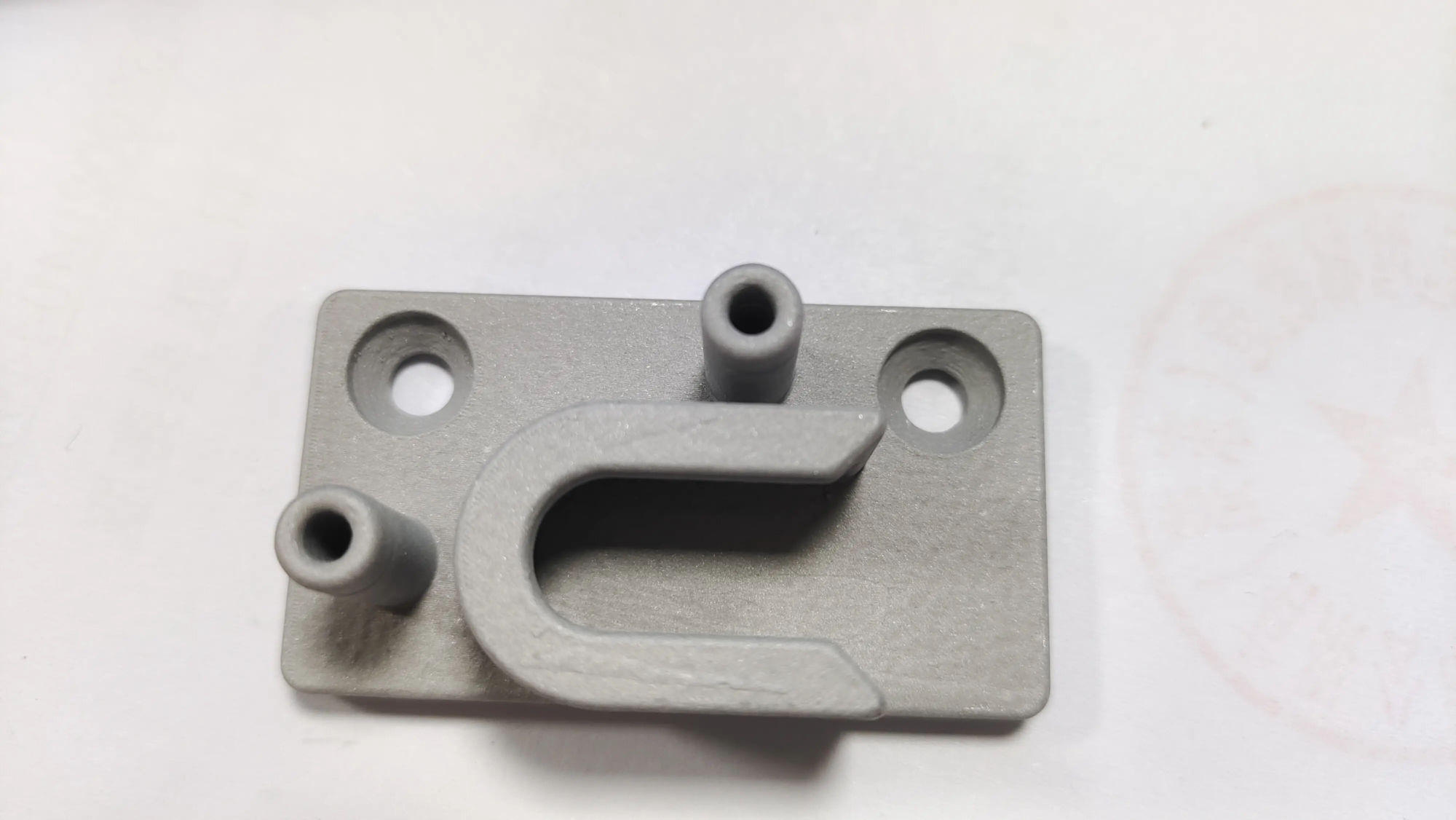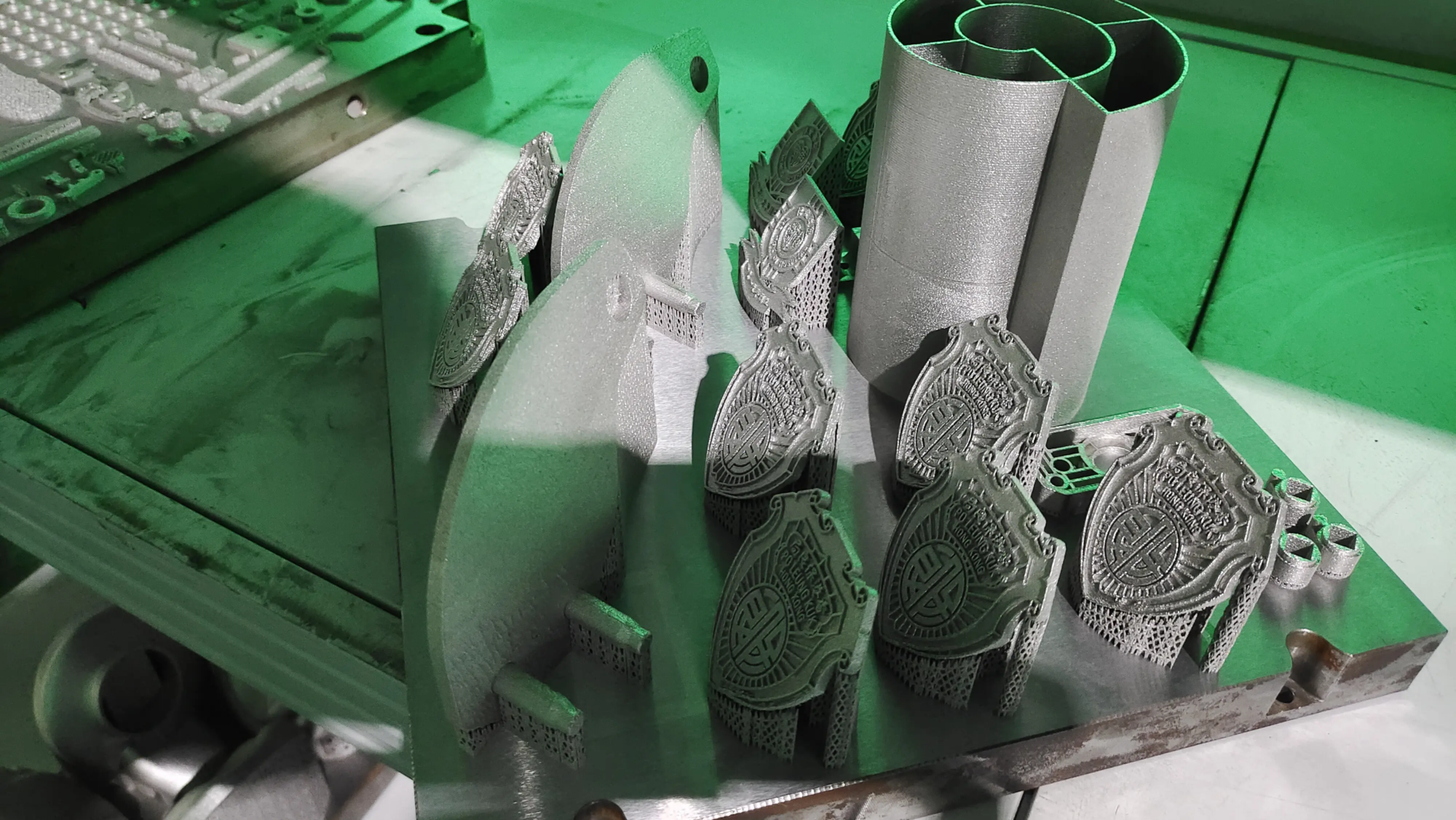The final guide to 3D printer silicone socks: Improve accuracy and efficiency
introduce
If you take consistent 3D printing results seriously, silicone socks may be the unsung hero you’re overlooking. This flexible sheath is often regarded as an accessory only and plays a key role in temperature stability, print quality and life. Whether you’re an amateur or part of a professional rapid prototyping workflow (such as what we advocate for on Greatlight), understanding silicone socks can boost your printing game.
What are 3D printer silicone socks?
Silicone socks are heat-resistant covers that are perfect for heater blocks for 3D printers. It is made of high temperature silicone (up to 300°C+ durable), insulator, minimizing heat loss and fluctuations. Most socks have precise cutouts for nozzles, thermistors and heater cartridges to ensure uninterrupted functionality.
Why use silicon socks? Key Benefits
Temperature stability
- question: Environmental drafts or cooling fans can cause unstable temperature fluctuations (±5-10°C), resulting in insufficient arrangement, layer adhesion problems or "Thermal runaway" mistake.
- Solution: The socks act as a thermal barrier, maintaining ±1-2°C consistency for reliable melt and smoother layers.
Reduce filament waste
- question: Molten plastic often oozes and carbonizes on the heater block, creating debris that fall on prints or clogged nozzles.
- Solution: Socks capture stray filaments to prevent "spot" and reduce the cleaning frequency by 60–70%.
Energy efficiency
- Insulation reduces power consumption – less beer is circulated to maintain target temperature. Ideal for marathon prints!
- Component protection
- Shielded wiring (thermistor/heater) is protected from the Earth range of the unexpected filaments, thus minimizing the risk of short circuits.
Choose the right silicon socks: Type and compatibility
1. Open and closed design
- Open: Reveal the nozzle tip for easy cleaning (best for beginners).
- closure: Completely enclosed with the largest insulation block (perfect for high temperature materials such as nylon or PC).
2. Materials are important
- choose Fiberglass reinforced silicone– It is anti-tear and lasts 5-10 times longer than the basic variant.
3. Model-specific socks
- Ensure compatibility:
- E3D V6: barrel shape, front.
- Creality (Ender 3/V2): Low-key, half-open.
- Prusa Mk3/4: Tight, closed design.
- hint: Universal socks often sag; invest in OEM or premium market versions.
Installation and maintenance: step by step
Install:
- Heat the heat table to 150°C (soften the residual plastic).
- Use tweezers/brass brush (turn off the power!) to remove old debris.
- Align the sock cut with the nozzle/wire and stretch on the block.
- Make sure that the gaps near the wiring do not capture wires.
maintain:
- weekly: Brush off dust/plastic debris.
- per month: The idiot soaked in isopropanol to dissolve the carbonized slug.
- Alternatives: Cracks, tears or poor temporary control signals are time for the new socks.
Solve FAQs
| question | reason | Make fixed |
|---|---|---|
| Socks melt/deform | Low quality silicone (or > 300°C) | Use fiberglass reinforced socks |
| Poor bed adhesion | Sock contact nozzle tip | Trim excess silicone if needed |
| Inaccurate temperature | Damaged/weared socks | Replace and adjust the hot table |
| Socks are off and printed | Loose fit or fragment accumulation | Clean the block and secure it comfortably |
Conclusion: Accurate control
In 3D printing, consistency is not negotiable, especially for industrial applications such as rapid prototyping. At Greatlight, where we deploy advanced SLM 3D printers to solve complex metal parts challenges, we also know that even smaller thermal fluctuations can compromise tolerances, finishes, and mechanical properties. Silicone socks embody how a simple $10 upgrade prevents expensive print failures, reduces maintenance downtime and extends hardware life.
Whether you are making aerospace components or perfecting a hobby project, it is not optional to consider your hot table as a quality insulation material, which is the wisdom of engineering. Ready to optimize your workflow? Pair precision hardware with expert post-processing. Greatlight offers rapid prototype solutions from China, combining cutting-edge SLM technology, custom materials and one-stop finishes, all with competitive pricing. Customize your precision parts with us today →
FAQ: Silicone Socks Edition
Q1: Can I print without silicon socks?
Yes, but temperature fluctuations, frequent nozzle cleaning and higher power usage are expected. For PETG/ABS+, socks are highly recommended.
Q2: How long does silicone socks last?
Medium use, 3-6 months. Rebar socks can last for a year. If it breaks or hardens, replace it.
Question 3: Is it safe to put socks during cold drops?
Avoid removing it cold – the remaining plastic will tear the silicone. Heat first to 100–150°C.
Question 4: Can socks be used with all the filaments?
Yes! They are essential for high temperature materials, but they are equally beneficial for PLA prevention "cooking" Residue.
Q5: Can I make DIY silicone socks?
Not recommended. Impled insulation or loose fits the risky electric shorts. Commercial socks are precisely shaped to be safe.
Question 6: Will socks prevent "Thermal creep"?
Although some stabilize the block temperature, thermal creep is related to the cooling of the hot table. Make sure your supply link fan is functioning best.
Question 7: Why choose the Greatlight for rapid prototyping?
GRESTLIGHT is good at Metal Prototyping Using SLM printers, it provides customized materials, tight tolerances (±0.1mm) and a full finish under one roof (heat treatment, CNC, anodization). Fast turnover meets strict industrial needs.
Are there any more questions? Leave a comment below! To combine innovation with precise innovation, trust the great prototype – your vision becomes the reality of engineering.





